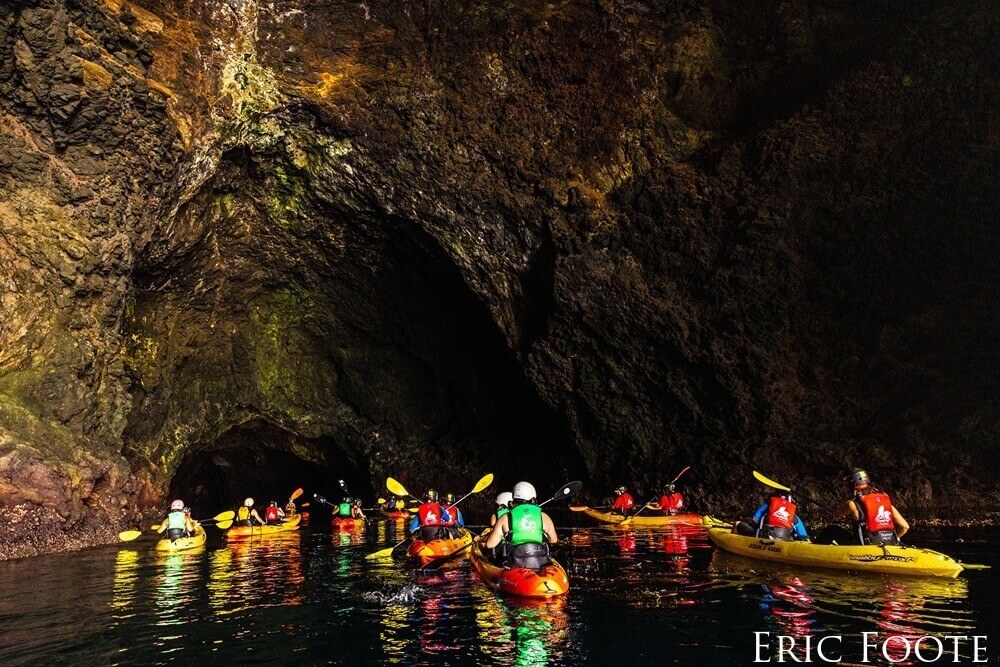National marine sanctuaries attract tourists for activities like snorkeling, diving, whale watching, and boating, and this tourism supports businesses such as hotels, restaurants, and tour operators. National marine sanctuaries also protect critical habitats for commercially valuable fish species—which boosts local economies. The Socioeconomics Team at the Office of National Marine Sanctuaries provides the best possible social science to give all stakeholders a voice in the management of sanctuary resources and foster a more cooperative management process.
Read through the information on this page about our sanctuary socioeconomics approach or click on the links below to explore site facts, recent socioeconomics reports, sanctuary news, and information about America's marine economy.

The Socioeconomics Team studies the relationship between people and the ocean and Great Lakes.

Learn how national marine sanctuaries are managed to support lives and livelihoods, and their strong connections to local communities and economies.

Browse recent reports published in the ONMS Conservation Series about socioeconomics across the National Marine Sanctuary System.

Read articles about recreation, tourism, and how national marine sanctuaries support local economies, as well as announcements about newly released socioeconomics data.

In 2021, the marine economy saw a 7.4% growth in its contribution to GDP. Tourism and recreation provided the greatest value added ($153 billion).
The Socioeconomics Team of the Office of National Marine Sanctuaries is part of the Science and Heritage Division, focusing on understanding the relationship between people and the ocean and Great Lakes. By characterizing, monitoring, and researching the benefits people receive from the ocean and Great Lakes, the connections between resource conditions, values, and human use can better be understood.


While Conservation Science is separate from policy-making, it informs sanctuary management through objective, reliable research. National marine sanctuary scientists are committed to working with stakeholders to implement systematic approaches to produce accurate results.
Social scientists focus on understanding how humans interact with natural and cultural resources, and how people depend upon these resources for their lives and livelihoods.
Social scientists monitor the types and levels of use of natural and cultural resources, and how changes in the types and levels of use impact the lives and livelihoods of all stakeholders.
Research projects conducted by the National Marine Sanctuary System, partners and collaborators allow social scientists to address other socioeconomic information needs that are not recognized through site characterization and monitoring.
Although socioeconomics/human dimensions research covers a broad range of disciplines (e.g. economics, anthropology, sociology, political science, geography, social psychology and history), economic valuation is considered an important element of socioeconomics at the Office of National Marine Sanctuaries. The economic valuation of a national marine sanctuary includes both nonmarket and market economic values of direct uses of natural and cultural resources, as well as what economists call passive economic use value (also referred to as nonuse value).
Danielle Schwarzmann, PhD
Chief Economist
NOAA/NOS/Office of National Marine Sanctuaries
1305 East West Hwy., SSMC4, 11th floor
Silver Spring, MD 20910
Telephone: 240-533-0705
Fax: 301-713-0404
E-mail: Danielle.Schwarzmann@noaa.gov